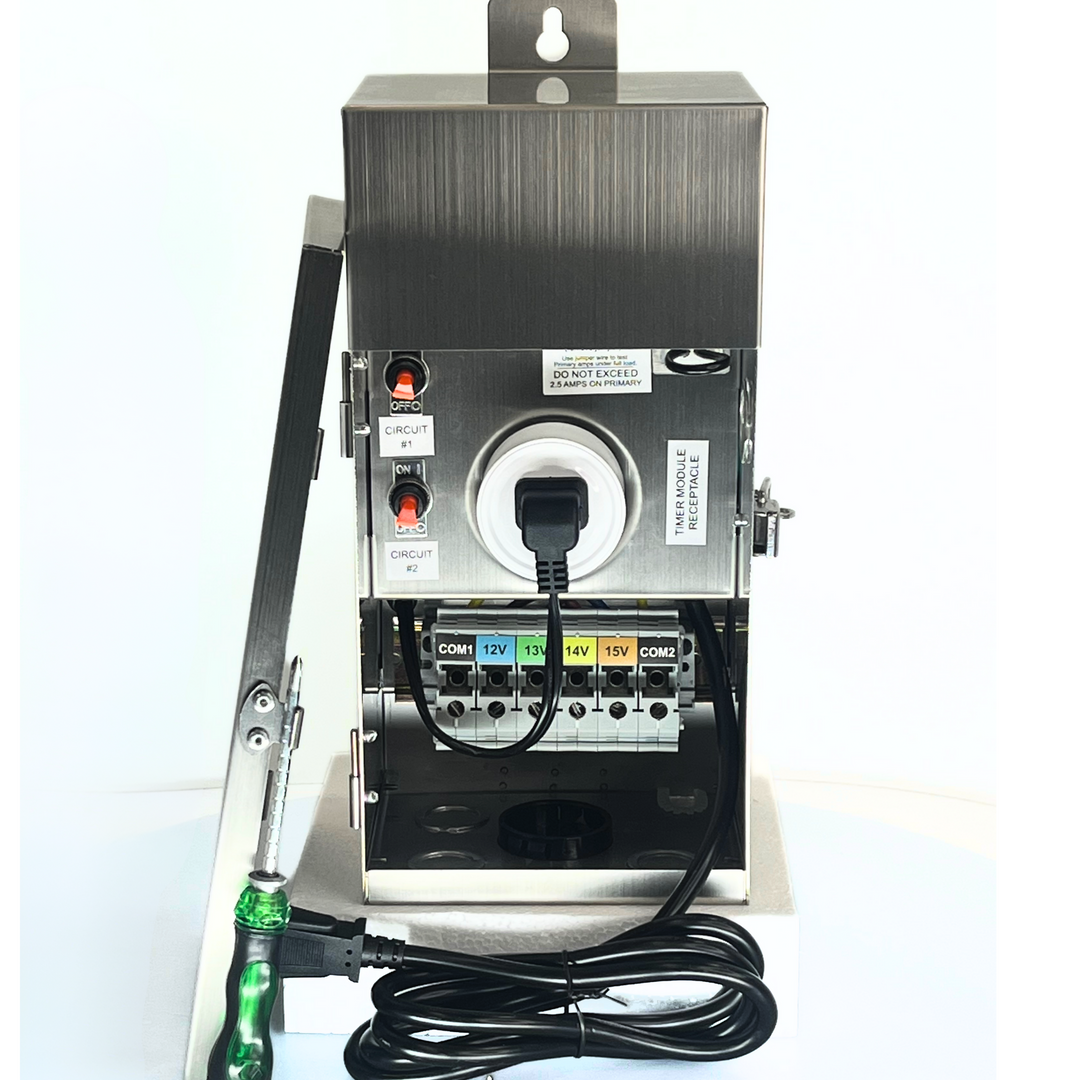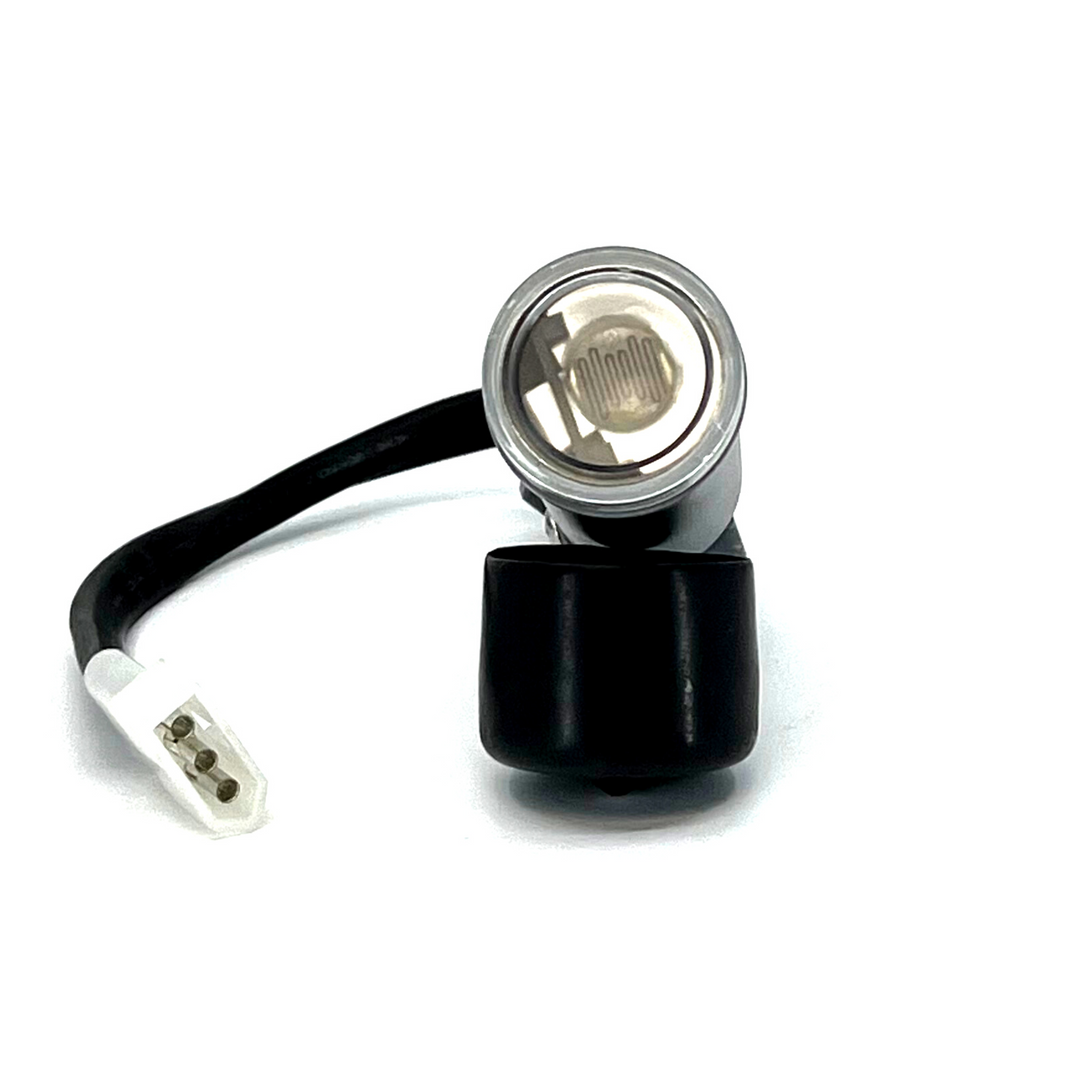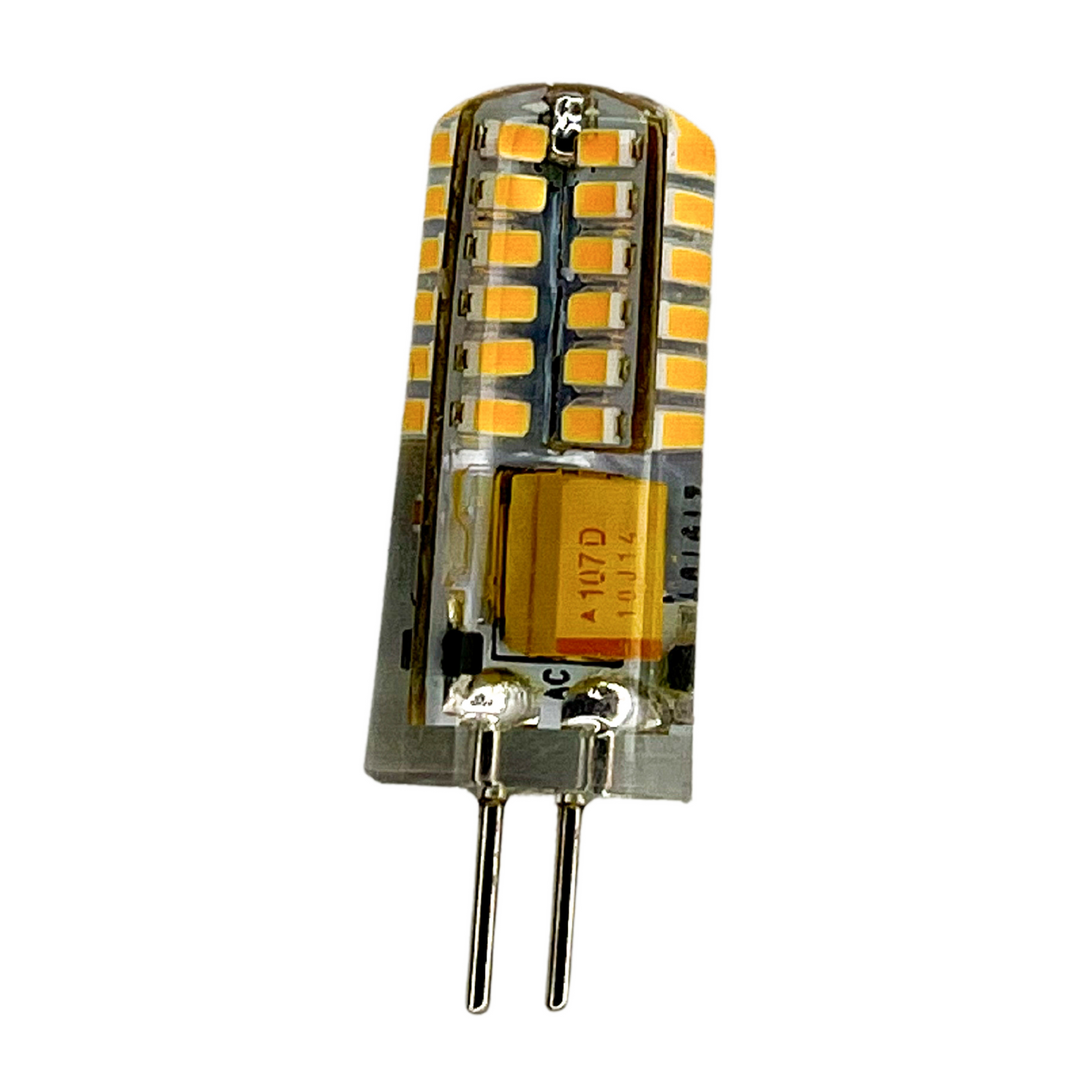
Top Notch Landscape Transformers: A Better Way to Beautify Your Yard
|
|
Time to read 6 min
Everyone appreciates the beauty of outdoor lighting, but few people actually know about the technology that makes it possible. Landscape transformers are a great example - a simple, yet fundamental part of any exterior setup, they're greatly under-appreciated for the value they add. This article will get you up to speed with transformers by explaining what they are, how they function, and why they should be an uncompromisable item on your shopping list.
What You Need to Know About Home Electricity Demand and Transformers
Let's start off with a brief overview of household electricity itself; household electricity is the power used in homes for appliances, lighting and other electrical needs. It is measured in volt amperes (VA) and is delivered through various outlets throughout the house. A typical family home uses 120 volts of electrical current as standard. This is often more than enough to accommodate the plug-in items that people use every day. Some are more demanding, and some are less demanding, but all in all, 120 volts is on par with what's expected in an indoor setting.
Outdoors though, things are a bit different. Power needs can vary drastically from one cord to another, with energy-burning items like hot tubs and grills needing quite a bit more voltage than the average deck lighting system. Both ends of the spectrum need electricity to function properly, yet neither can do so with the opposing side's load.
This is where the use of transformers comes into play. Transformers are used to boost or reduce voltage levels in order to safely meet the electrical needs of any given appliance or tool. They are a common part of exterior wiring systems and are used to ensure that all connected appliances have the proper amount of power they need. Without them, a mismatch between voltage levels can lead to damage or even destruction of the appliance or tool in question.
How Transformers Work
A transformer can be thought of as an intermediary between high-voltage home outlets and low-capacity plugs. Its purpose is to take the high voltage and reduce it to a safe, low voltage that can be used by regular appliances and other devices.
The transformer works by using two separate coils of wire, known as primary and secondary windings. The primary winding is connected to a power source, such as a power outlet or generator. This provides an alternating current (AC) of electricity that is then sent through the transformer’s coils.
The secondary winding then acts to reduce the voltage of this AC current by using magnetic fields and electromagnetic induction. As electricity passes through this coil, it produces its own magnetic field which interacts with the primary coil’s field and induces current in the secondary winding - thus reducing its voltage level.
The transformer also contains an iron core which acts as a conductor for the magnetic fields created by each of the coils, allowing them to interact and induce current in the secondary winding more efficiently. This makes transformers much more efficient than other power converters, such as voltage regulators.
Where are Transformers Used?
Transformers are used in many different applications, from powering your home appliances to providing electricity for industrial machines. They can also be found in various types of equipment such as computers and cell phones. Landscaping lighting systems, too. In fact, transformers play a critical role in ensuring outdoor fixtures like path lights, step lights, and spotlights work properly.
Why Landscape Lights Need Transformers
Landscape lights are purposefully built to consume less energy than typical household appliances - that's what makes them such a cost-effective option for homes of all sizes. Most fictures require no more than 12 volts of electricity, which as you may remember from earlier, is much less than the standard 120 olt outlet. Transformers are installed to prevent the power overload and wastage that would otherwise occur if low-voltage landscape lights were plugged into a socket directly.
Most systems on the market today convert from a basic 120 volys to 12 volts, although there are options for more specific needs, such as 24-volt transformers. You could find a transformer of either capacity for both indoor and outdoor use cases. Landscape lighting transformers in particular have more robust casings, and also often built-in features such as automatic shutoff and adjustable wattage.
Best Practices to Follow With Landscape Transformers
Landscape transformers represent a remarkable achievement in human innovation. But they aren't foolproof. No matter which product you have your eye on, there are plenty of things to know before plugging it in, or even buying it for that matter. This section will dive into four critical considerations and best practices you should keep top of mind while shopping.
Be Capacity-Conscious
While they are intended to handle big loads of electricity, landscape transformers shouldn't be used at maximum capacity. If a unit is rated for 150 watts, then that's the absolute highest amount of power it can handle. Any more, and you're risking a fire hazard.
It's generally best to leave a 20 percent buffer zone between actual energy usage and transformer capacity. Using the same example, this would put a 150 watt transformer's ideal load at 120 watts, or three to four 30 watt landscape lighting fixtures.
Choose Weatherproof Transformers
Outdoor elements can be harsh on electrical products, especially when not designed with those conditions in mind. Therefore, you'll want to make sure the landscape Transformer you buy is built to withstand rain and moisture.
Look for a transformer with an IP rating of at least IP67, which is the standard for outdoor-rated products. This means it's dust tight and can withstand water immersion up to one meter deep.
Buy From a Quality Brand
Though it might be tempting to go with the cheapest landscape transformer you find, doing so will ironically cost you in the long run.
Quality landscape lighting manufacturers spend a lot of time and money testing their products to ensure they will stand up over time. Those that sell their products at dime-a-dozen rates can rarely say the same. It's important to do your research ahead of time to identify brands that have a good reputation for building transformers so that the one you end up with lasts. Online reviews, forums, and industry blogs are all good sources of information to turn to.
Check for Warranties
Like any electronic device, you'll want to be confident that the transformer you buy lasts for years. The only way to get such a guarantee is through a warranty. Any seller can claim that they have the 'best landscape transformers' on the market. Ones willing to back up those words with a more concrete assurance are the ones to pay attention to.
Know Your Voltage
The right voltage for your landscape lighting depends entirely on the type of fixtures you use. LED lights, for example, require 12 volts of electricity to work. Halogen lights, on the other hand, require a higher voltage of at least 120 volts.
That means you need to make sure the transformer can provide the proper voltage for your fixtures. Otherwise, you risk damaging them if they don't get enough power, or worse yet, start a fire with too much power.
Consider Ease of Installation
The last factor to consider is installation difficulty. Although this is ultimately up to your own preference, some transformers are easier to install than others. Look for ones that have mounting holes and a compact size so that they won't take up too much space in your landscape design.
It's also helpful to choose a transformer that has customizable settings. That way, you can easily adjust the voltage and power supply for your fixtures if and as needed.
Consider Energy Efficiency
Many of the landscape transformers available today come with features such as timers and motion-sensing capabilities which can help cut down on electricity use. There are also transformers designed to be powered by renewable sources such as solar or wind power. These can help you reduce your carbon footprint and save money on utility bills at the same time.
Top Notch Co Landscape Lighting: Your One-Stop Shop for Quality Transformers
With all of the time and money you're investing into this new lighting system of yours, it makes sense to go with a reputable provider. That's exactly what Top Notch Co is. As a well-established seller of lighting and irrigation products, we're sure to have the perfect transformer for your needs. Our Shocker systems are wildly popular for their robust design and long-lasting performance. Top Notch also offers an array of add-ons, connectors, wires, and photocells to complete your landscape lighting project.
There's no need to waste any more time searching. Top Notch Co's diverse catalog of products ensures you'll find what you need in one convenient place. With competitive pricing and fast shipping, we're confident you'll become a customer for life! Shop with us today and see what makes Top Notch Co the best in the business.










